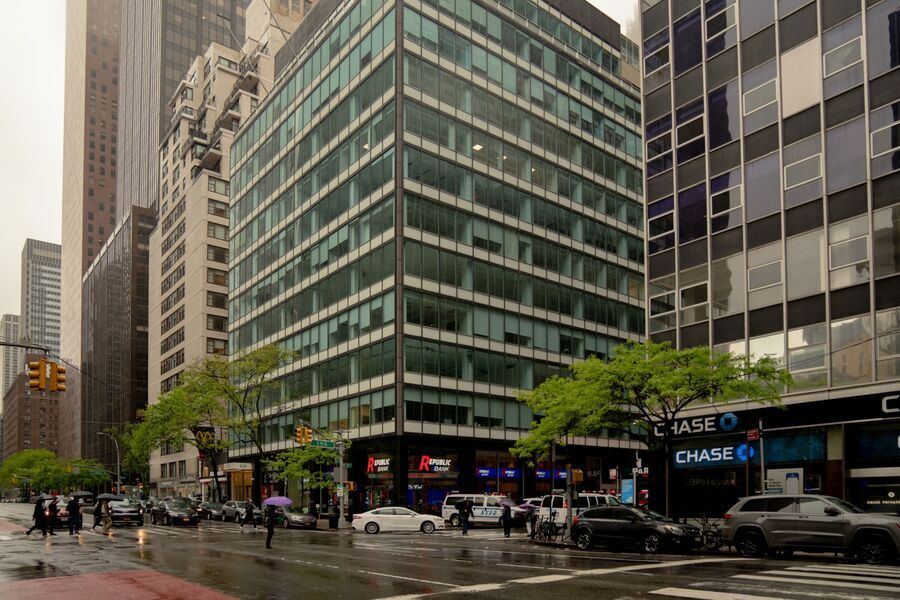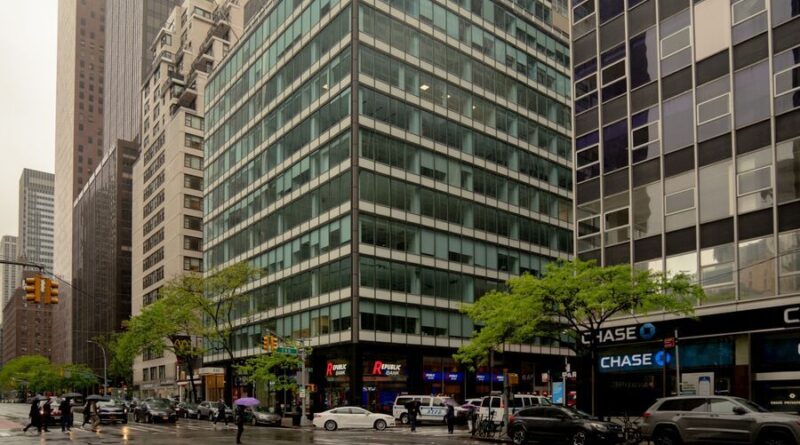Do half-empty office buildings offer opportunities for investors?

Legendary investing guru Peter Lynch popularized the idea of investing in what you know and what you see with your own two eyes. So when financial advisors view the half-empty office buildings right in front of them, should they also be seeing an investment opportunity for their clients?
The commercial real estate market continues to evolve in the post-pandemic world. The increase in remote work is keeping office buildings in many cities well below full occupancy. But offices are only part of the total commercial real estate space, creating a wide and diverse path to profits, says Chris Acito, CEO of Gapstow Capital Partners.
“Multifamily warehousing, industrial health care, hotels. It’s a pretty broad definition for commercial real estate, casting a wide net,” Acito said. “That’s not to circumvent the challenges that office is facing right now, but within the universe, certainly as represented by the rates in the index, office is about 20%.”
Acito adds that not all office property is created equal, at least geographically speaking. Acito’s company is behind the Gapstow Real Estate Income Index, which underlies the recently launched AXS Real Estate Income ETF (RINC), a portfolio of stocks of U.S. publicly traded real estate investment trusts that own commercial and residential mortgages and mortgage-backed securities.
“We see the issues being concentrated in a couple of cities where, in fact, the real exposure is a national one,” Acito said. “We know that for as many cities that are facing the challenges, some are booming in terms of real estate as well, even among the work-from-home phenomenon that we’re seeing.”
Morris Chen, portfolio manager for the DoubleLine Commercial Real Estate ETF (DCMB), invests in commercial real estate debt and similarly believes that the proverbial baby is being thrown out with the bathwater.
“If you’re opportunistic, you do want to get exposure to the commercial real estate space. Buying mortgage bonds backed by commercial buildings I think is a good start,” Chen said. “The entire market isn’t characterized by office. There is definitely a lot of different varying degrees of property types out there.”
Chen’s DCMB offered a yield of 7.2% at last check, so investors are being compensated for their concerns and risk.
“From an active manager perspective, we are looking at bonds that are triple-A rated credits that are yielding 6% to 8% within the fund. From a fund level standpoint itself, we’re at a 7% yield with the duration of one. So you can say that from a market standpoint, the market’s on sale,” Chen said.
Matt Chancey, certified financial planner with Micel Financial, agrees with the two fund managers that not all real estate is created equal.
In his view, there are always places to smartly deploy capital in commercial real estate for those who understand asset classes and market cycles a la Peter Lynch — especially now, since the reset in interest rates is causing severe dislocation in the marketplace.
“We help our clients invest in commercial real estate on a daily basis but we don’t have a bias to an asset class or a specific strategy so we look for opportunities where our capital will be treated best,” Chancey said. “To win the game, you have to play to where the puck is going, not where it was yesterday. There is always an opportunity to make great decisions on a go forward basis if you are asset class, strategy and geographically agnostic.”




